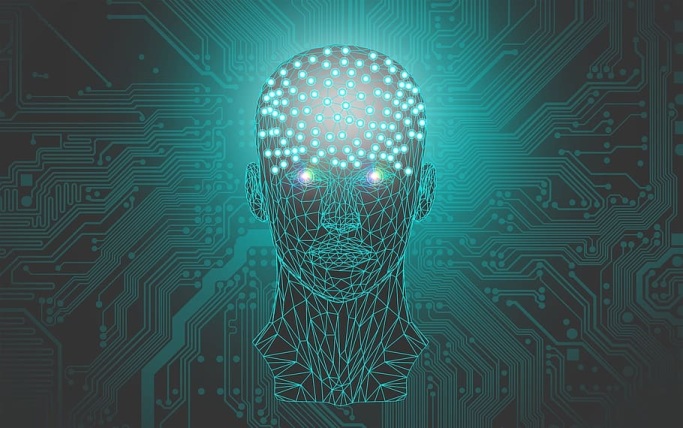The bright and dark sides of AI on human lives
Artificial intelligence (AI) is truly a revolutionary feat of computer science, set to become a core component of all modern software over the coming years and decades. This presents a threat but also an opportunity. AI will be deployed to augment both defensive and offensive cyber operations. Additionally, new means of cyber attack will be invented to take advantage of the particular weaknesses of AI technology. Finally, the importance of data will be amplified by AI’s appetite for large amounts of training data, redefining how we must think about data protection. Prudent governance at the global level will be essential to ensure that this era-defining technology will bring about broadly shared safety and prosperity.

Image courtesy: Image by iuriimotov on Freepik
Artificial Intelligence or AI in short refers to computational tools that are able to replacement for human intelligence to perform certain tasks. This technology is currently advancing at a rapid pace, much like the exponential growth experienced by database technology during late 1990’s. Databases have grown to become the central part of the IT infrastructure which drives various enterprise-level software packages. Similarly, most of the new value added from software over the coming decades is expected to be driven, at least in part, by AI. Now-a-days, computer systems have evolved drastically in order to handle and process a huge amount of data, yes the “big data.” This refers to huge size of modern data sets, largely gathered from the computer systems that have come to mediate nearly every aspect of daily life. As an example, video streaming giant, YouTube owned by Google Inc., receives over 400 hours of video content every minute according to studies conducted by a researcher called Brouwer.

Image courtesy: Image by Gordon Johnson from Pixabay
Recent advances in AI development stem mostly from the golden term “Machine Learning.” Instead of limiting the data used to train an AI model, in machine learning an AI model is trained by huge amount of data. From this we can infer that big data is the raw material which fuels AI models and algorithms. The main constriction on innovation is not the difficulty in recording and storing information, but the finding of useful insights from the enormous amount of data collected from various sources. AI models can notice specific patterns present in a mammoth data sets that are beyond the ability of human perception to detect. In this way, the adoption of AI technology can make even mundane and seemingly trivial data valuable. For instance, researchers have trained computer models to identify an individual’s personality traits more accurately based exclusively on the posts liked by an individual had liked.

Image courtesy: Image from Pxfuel
In a technology intensive world, offenses like data breach of high profile nature or a cyber attack is an everyday activity resulting in a damage of millions of dollars. Studies conducted by Lagarde shows that IMF estimates annual loss of 100 to 250 billion USD. Application of Artificial Intelligence for automation of tasks will be helpful to avoid human intervention thus reducing possibilities of a cyber attack. As an example, chatbots can be used to answer customer queries and AI models can be used to diagnose diseases based on patient’s symptoms. Automated AI models are essential to deal with the devastating degree of cyber attacks which leads to financial loss to the public. Continuously retraining such AI models is essential, since just as AI is used to prevent attacks, hostile actors of all types are also using AI to recognize patterns and identify the weak points of their potential targets. The state of play is a battlefield where each side is continually probing the other and devising new techniques to attack the opponents leading to a battlefield which is evolving on a minute basis.

Image courtesy: Image from Pxfuel
The most effective weapon in a hacker’s armory is “spear phishing” — a methodology where personal information is gathered by sending specially tailored message to the targeted audience. Currently this technique is very complex and the hacker needs to do lot of research about the target to collect some basic information which may be further used to gather more details. As the dark side of AI, chatbots can be used to collect vital information by sending individual messages to large number of people. Vital data can be collected through e-mails, tweets and by analyzing the users browsing history. (Brundage et al. 2018). AI based bots can be used to automate security analysis of a software with ethical and unethical intensions. Software designers could use AI bots for the testing and analysis of their product’s security, just as criminals search for undiscovered exploits in operating systems. AI will not only enhance existing strategies for defense and offence, but also open new battle frontiers for cyber security as malicious actors seek all possible ways to exploit the technology’s particular weaknesses.